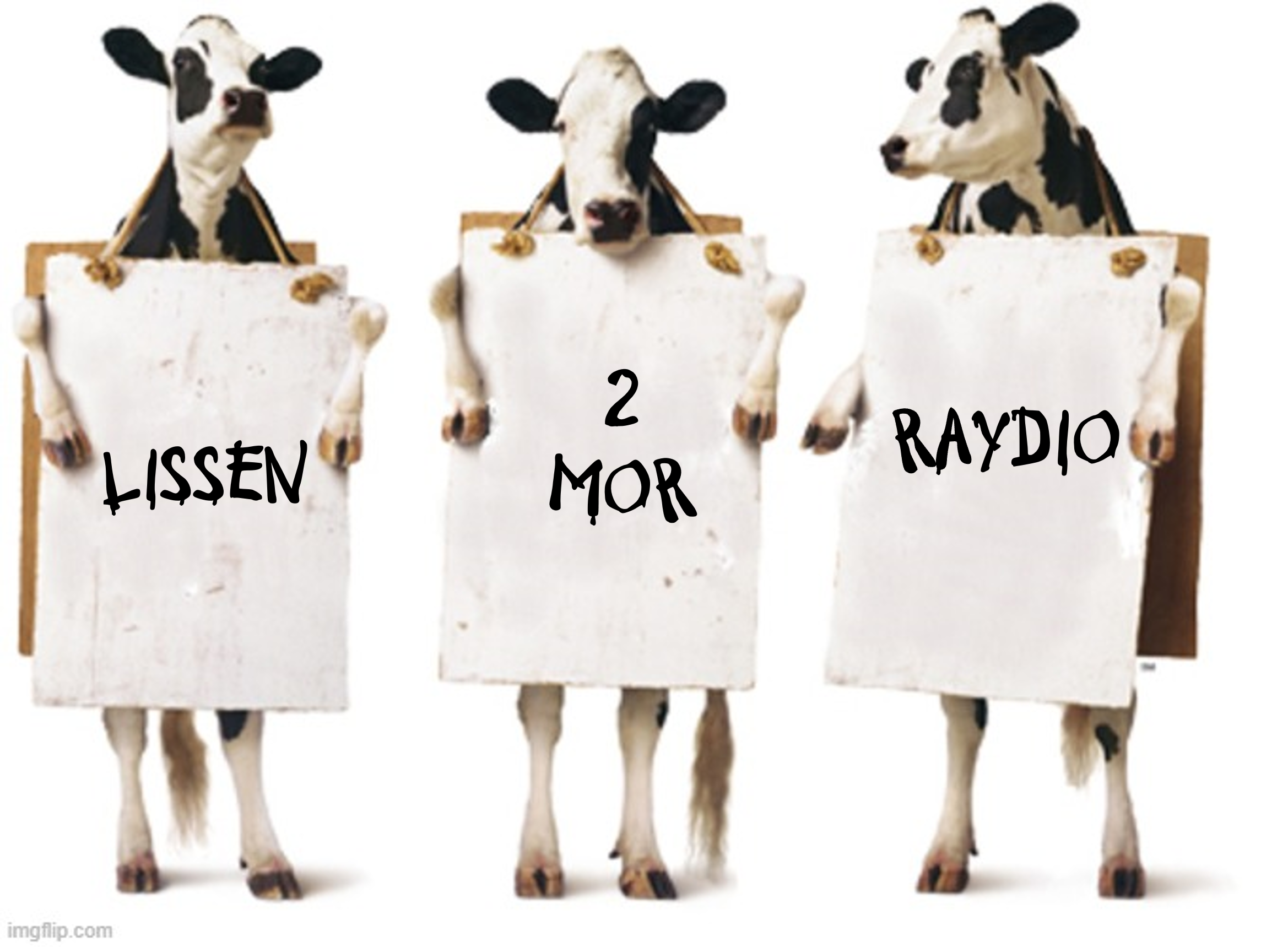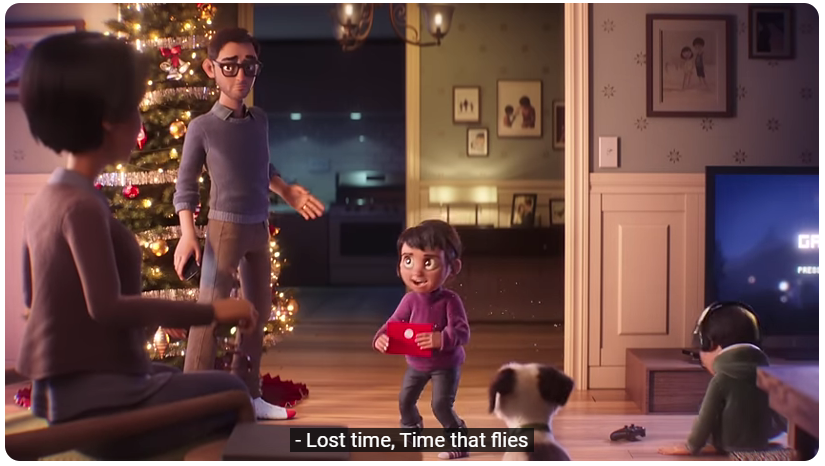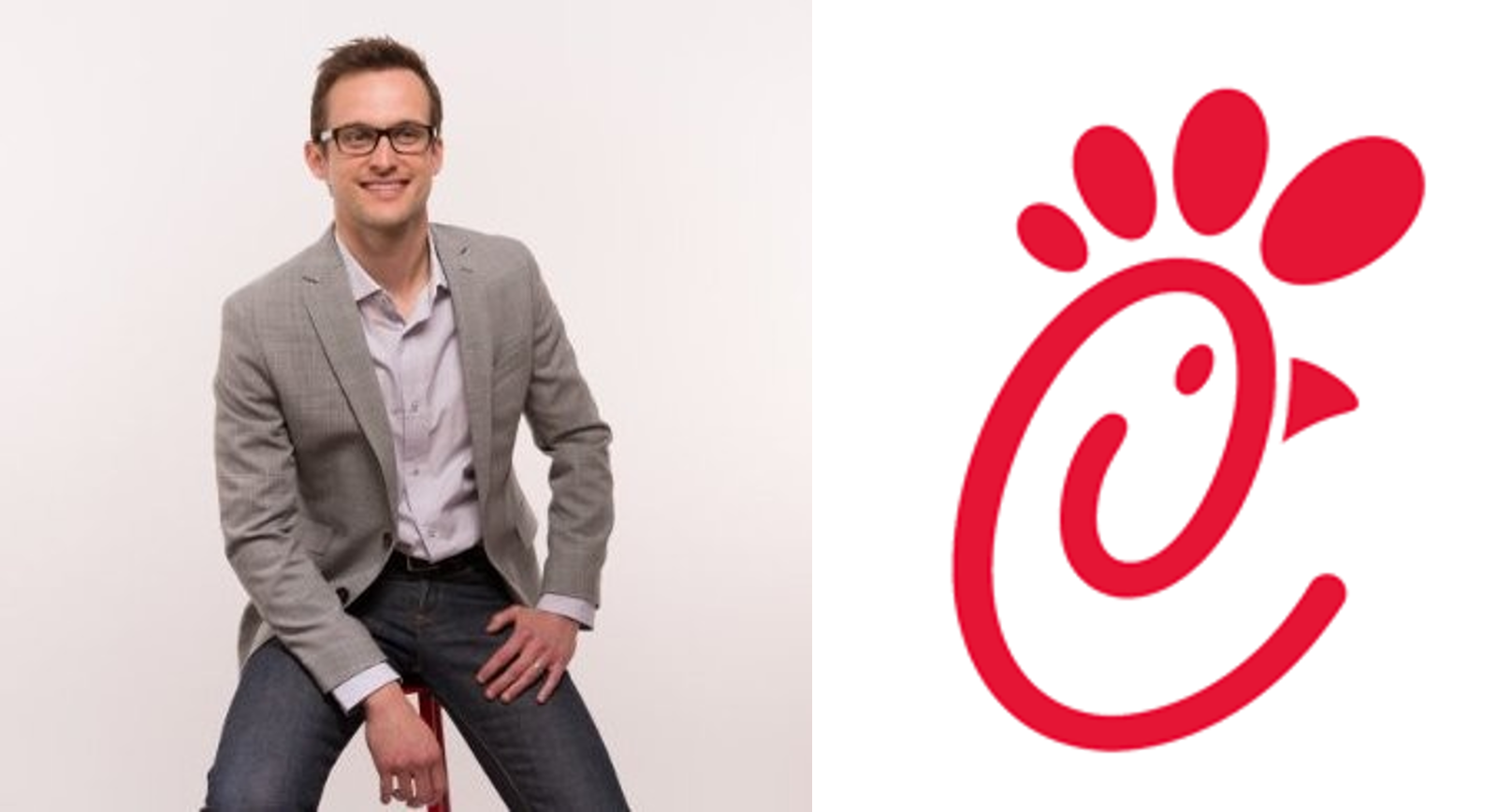
Graphic: www.imgflip.com
What do you do when your growing chain of retail outlets is an overwhelming success and you’re smashing through all your goals?
That’s the case for a handful of great brands who are raking in the bucks but want to do more than just take their customers’ money and grow the bottom line. The smartest companies in the room realize loyalty and engagement cannot be bought with marketing campaigns, slick slogans, and seasonal discounts. To truly connect with the fan base and to drive word-of-mouth, these brands know they need to lean into the communities that have formed around their businesses.
Trader Joe’s is a great example of a cult brand that’s checking off these boxes. Case in point: Several years back, they created a brilliant podcast that revolves around their amazing brand that takes their fans behind the scenes. Produced and conceived by a few brilliant ex-radio people many of you know, Inside Trader Joe’s is a branded podcast that reflects the ethos, vibe, and quirkiness of the stores themselves – without trying to sell you anything. You can access it here or (as they say), “wherever you get your podcasts.”
behind the scenes. Produced and conceived by a few brilliant ex-radio people many of you know, Inside Trader Joe’s is a branded podcast that reflects the ethos, vibe, and quirkiness of the stores themselves – without trying to sell you anything. You can access it here or (as they say), “wherever you get your podcasts.”
Trader Joe’s is not alone. More and more smart consumer brands are connecting the digital dots, exploring how they can not only “meet the audience where they are,” but also build and enhance the communities that already exist in their neighborhoods. In this way, they can cater to their fans’ sensibilities in ways that are more genuine than direct mail pieces.
And that leads us to Chick-fil-A, the third-biggest restaurant chain in America, behind only McDonald’s and Starbucks – and growing fast. Unlike their aforementioned competitors, Chick-fil-A has managed to dodge most of the controversies that naturally form around highly visible brands, as well as the inevitable bad quarters that roil boards of directors and stockholders. Notably, both Trader Joe’s and Chick-fil-A are privately held companies, an important distinction.
CNBC reports Chick-fil-A’s 3,000 restaurants generated nearly $22 billion in revenue. And that provides the opportunity to explore how they can delight and even surprise their already happy customer base.

This is not just another fast food restaurant. In fact, the corporate team at Chick-fil-A would be the first to tell you they’re blowing through their numbers because they do more than sell chicken sandwiches.
To that point, Chick-fil-A’s next act will be unveiled three weeks from today – available in your favorite app store. The brand new Chick-fil-A Play app will include custom created content – original animated shows, scripted podcasts, games, recipes, and even e-books targeted to both parents and their kids.

As CNBC’s Amelia Lucas explains, this is not a new foray for Chick-fil-A. In the past, the brand has developed clever merch, a spinoff brand called pennycake (that includes puzzles and family-friendly games pictured above), as well as animated shorts on YouTube during the December holidays called “Stories of Evergreen Hills” (below).

There’s more to customer satisfaction and brand differentiation than selling another bag of chicken nuggets or playing another big hit song.
To that end, Chick-fil-A is making its goals – and then some. This makes it an opportune time to start something new, innovative and fresh.
A deeper look inside the CNBC story reveals how Chick fil-A views its strategic landscape – providing valuable lessons for media marketers. Here are some of the keen observations their company made that informed how to architect their new app. And when you consider their thinking and their approach, you may see opportunities for radio broadcasters.
 Dustin Britt (pictured), executive director of brand strategy, entertainment, and media for Chick-fil-A, says:
Dustin Britt (pictured), executive director of brand strategy, entertainment, and media for Chick-fil-A, says:
“We’ve been paying attention to some research and conversations we’ve had with families that are our customers, and insights bubbled up that content and games are both adjacent to mealtime.”
Reading in between the lines, basic focus groups among customers to discover what they’re doing while they’re enjoying their Chick-fil-A meal. This is analogous to learning what people are doing while listening to the radio.
Britt again:
“Our belief is, as we add value to their experience, then we’re giving them a reason to want to enjoy more Chick-fil-A with us.”
In other words, better and more fun experiences stimulate more visits to the store. And note, Chick-fil-A isn’t fixated on monetizing every piece of content on their new app or drive subscriptions. Instead, the idea is to use these features to engage their customers which encourages more restaurant visits and more merch sales.
In the same CNBC story, Stephani Estes (pictured), chief media officer for Goodway Group, a digital marketing agency, poses this challenge to brands:
Group, a digital marketing agency, poses this challenge to brands:
“I think the biggest question I would have, as a marketing professional, is what is the business problem that you’re trying to solve? And is the dollar invested in that content creation or particular initiative going to pay out more than spending that dollar somewhere else in the marketing funnel?”
So, it starts with your sense of purpose. Are you trying to grow your brand, satisfy your core users, sell customers more of your products – or something else entirely?
Obviously, brands have to address these core questions, but the good news is that once that process is complete, mobile stands out as a platform that can help brands succeed.
How important is this stuff?
Just talk to a brand that had it – and lost it – to learn how time-consuming and costly it can be to recover from pragmatic but bottom line decisions that may make the company look good in the short run but will cause irreparable damage over the long haul.

This is something Starbucks is profoundly struggling with right now as it tries to rekindle its brand essence. As they are learning – and paying the hefty price – these qualities cannot just be restored with the flip of a switch or by hiring a new CEO.
Righting the ship isn’t something C-suite executives can just demand. It is often a long, tedious process with no guarantee of ultimate success.
And that’s a good reason why brands that are ahead of the curve would be wise to steal a page from those illiterate but iconic Chick fil-A cows.
Radio companies and stations could also benefit from some of these key Chick-fil-A takeaways. The Top 40 format’s audience appeal mirrors Chick-fil-A’s profile. The slogan I remember about Top 40 in my radio youth was “When you’ve got the babies (teens and preteens), you’ve got their mamas.”
From both a programming and sales standpoint, this is the same equation Chick-fil-A is leveraging its new app content strategy on. By tapping into shared family activities, the restaurant chain is strategically connecting with both generations.
 And the urge to stop by and pick up food OR to see what’s new on the app might be motivated by either parents, their kids, or both.
And the urge to stop by and pick up food OR to see what’s new on the app might be motivated by either parents, their kids, or both.
As the CBNC article reminds us, content creation – even for a massively successful operation like Chick-fil-A – is costly with no guarantee the brand will recoup its costs and generate sufficient ROI to make this endeavor worthwhile.
But remember, the yardstick is a different one than you’re probably using. Chick-fil-A’s app content is not for sale. They’re not looking for subscription fees and there are no paywalls. Instead, they want to engage with their customers whenever they enjoy their food. All told, that might be an easier content lift.
This means a shift in brand focus as research reveals Chick-fil-A diners of all ages spend less time eating chicken strips in their restaurants and more time in their kitchens and dens. And that provides amazing opportunities to bond with the brand where people actually live.
eating chicken strips in their restaurants and more time in their kitchens and dens. And that provides amazing opportunities to bond with the brand where people actually live.
Now that fewer adults dine in at Chick-fil-A and smaller numbers of kids frolic on their restaurant playgrounds, the customer dynamic has shifted to technology tools.
As Chick-fil-A’s VP of brand strategy, advertising, and media Khalilah Cooper (pictured) points out:
 “We’re looking at this app as a way to have a ‘digital playground’ for the entire family to enjoy, whether they’re in our restaurants, in the drive-thru, driving to soccer practice or even relaxing at home. We want it to be an extension of our in-restaurant signature hospitality and generosity.”
“We’re looking at this app as a way to have a ‘digital playground’ for the entire family to enjoy, whether they’re in our restaurants, in the drive-thru, driving to soccer practice or even relaxing at home. We want it to be an extension of our in-restaurant signature hospitality and generosity.”
No matter the content, Chick-fil-A and broadcast radio have the ability to utilize mobile apps to meet their needs – a far cry from the state of their respective industries a mere 20 years ago.
Yes, there’s an app for that.
- For Radio, The Perils Of Rebranding - May 30, 2025
- There’s No Failure In Radio - May 29, 2025
- It’s Not An Innovation If You Can’t Make It Work – And Last - May 28, 2025




Chick Fil-A is an amazing story!! I remember reading back, during the pandemic., about how their CEO was concerned about drive-thru’s backing up and decided to hire employees to be outside, in the drive thru, taking order and payments so that there would be no wait at the window. This was well before COVID hit but once COVID, they were prepared for that “different” way of servicing customers and, I think, were the only fast-food company to register a profit during that time. Talk about addressing a problem……that was a big wow!
Can’t have my coffee without this blog every day. Thanks, Fred.
As you point out, Chick-fil-A has developed an understanding of their consumer that goes beyond analyzing P&Ls, traffic patterns, and the usual KPIs. Their grasp of their customers’ behaviors is why they’re ahead of the game.
Thanks for making this blog a coffee companion, John!
Long before the “smartphone” era didn’t companies do this?
The two that come to mind are Mutual of Ohama’s Wild Kingdom (long gone) or Ronald McDonald House (still around) especially the image it creates for the restaurants.
Aren’t those similar to what is discussed in your blog, just executed differently.
Possibly the biggest example is one that the CNBC story mentions: Procter & Gamble’s longtime production of soap operas. The big irony here is that the company is now reentering the field, with “Beyond the Gates”…
https://en.wikipedia.org/wiki/Beyond_the_Gates_(TV_series)